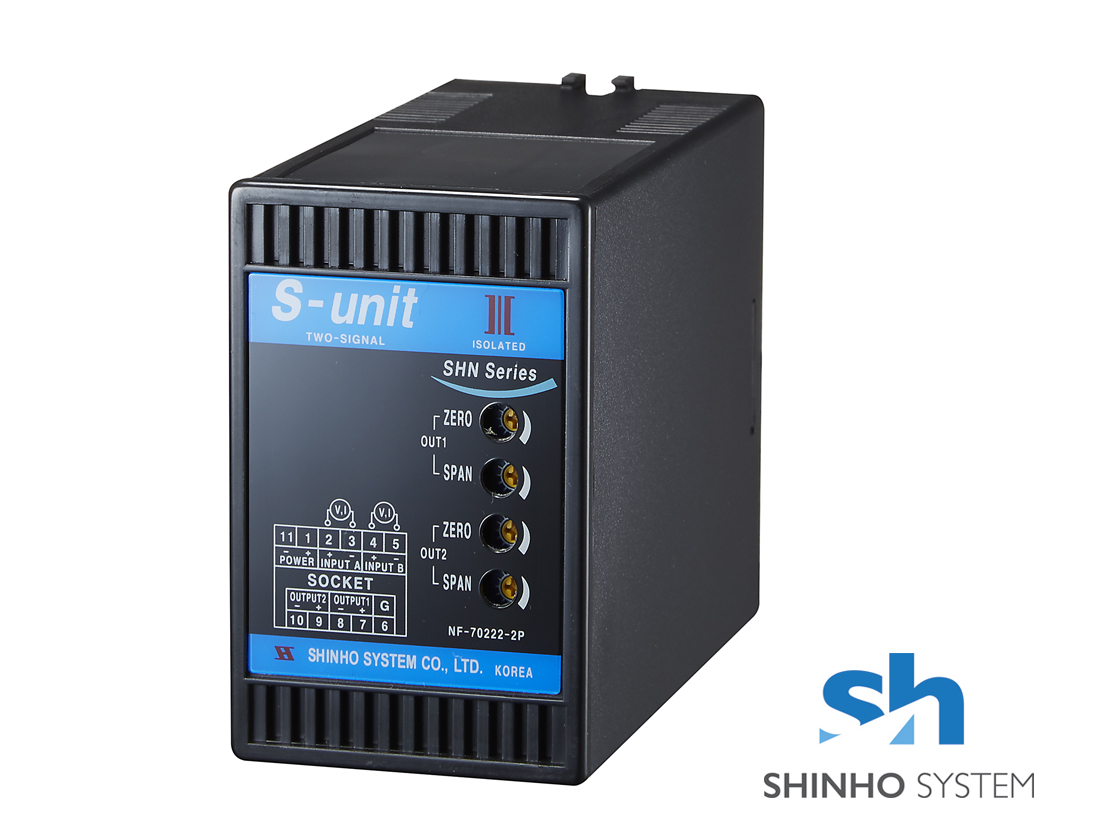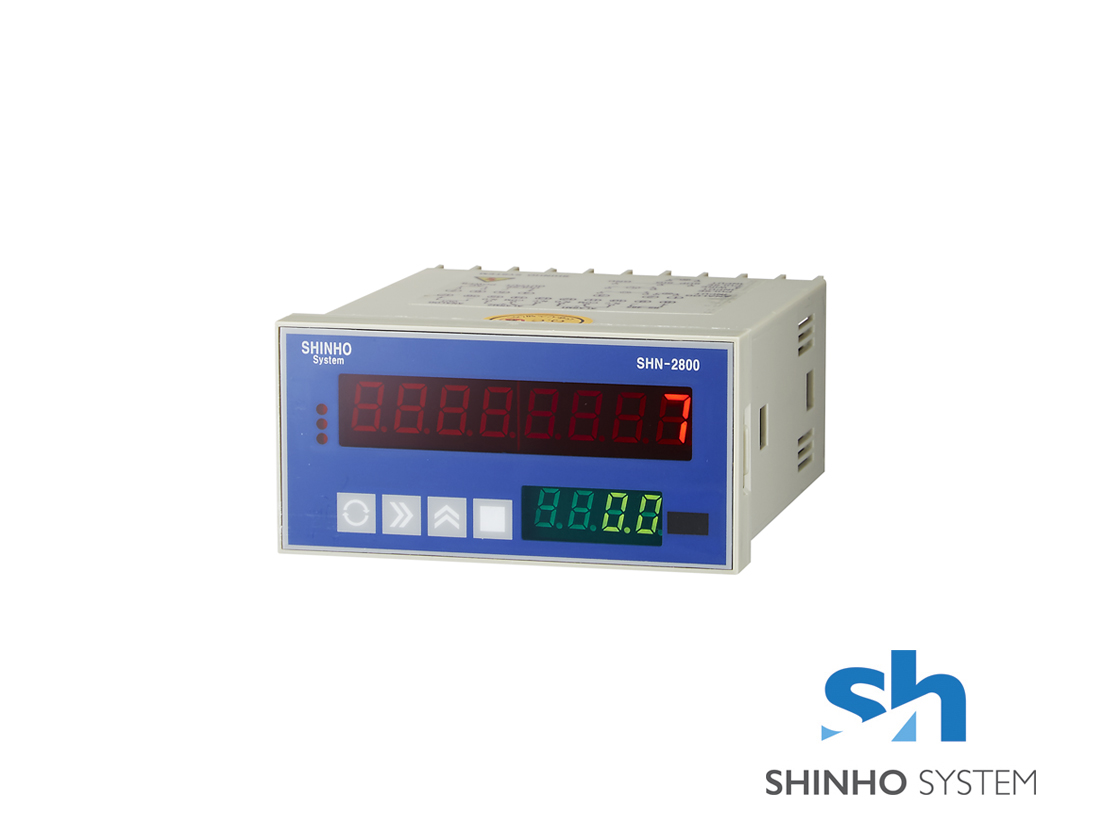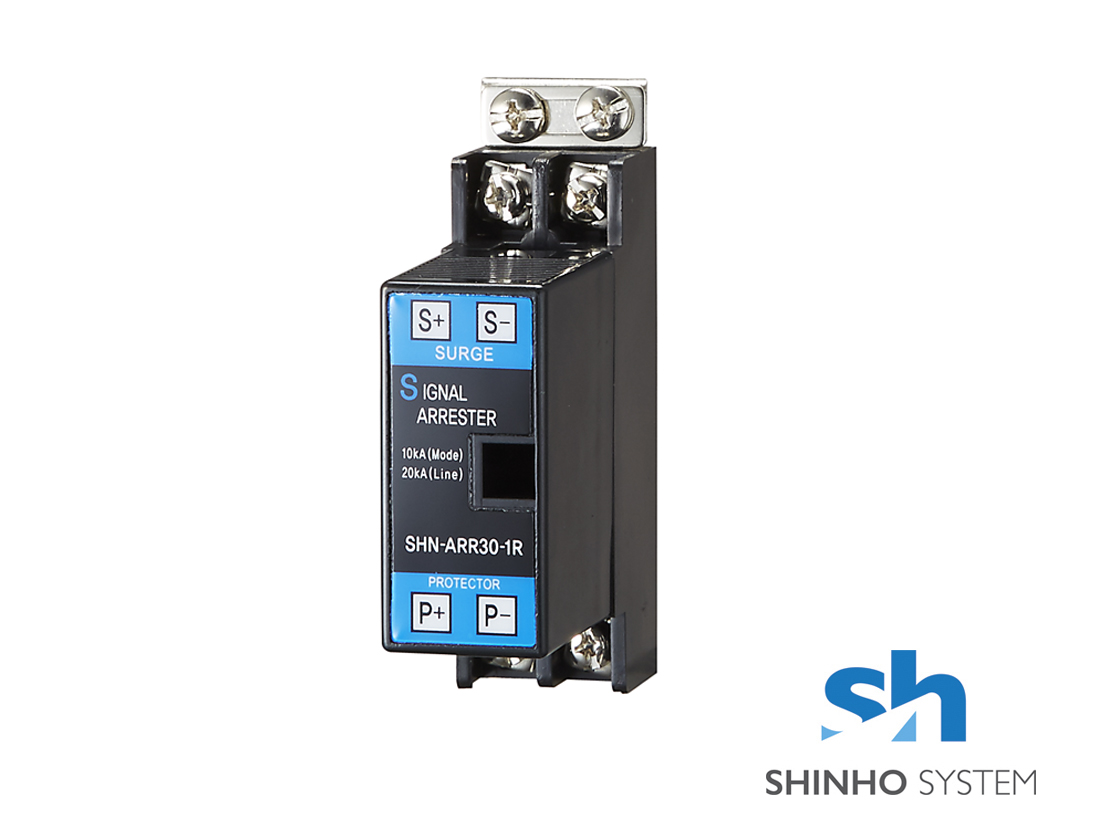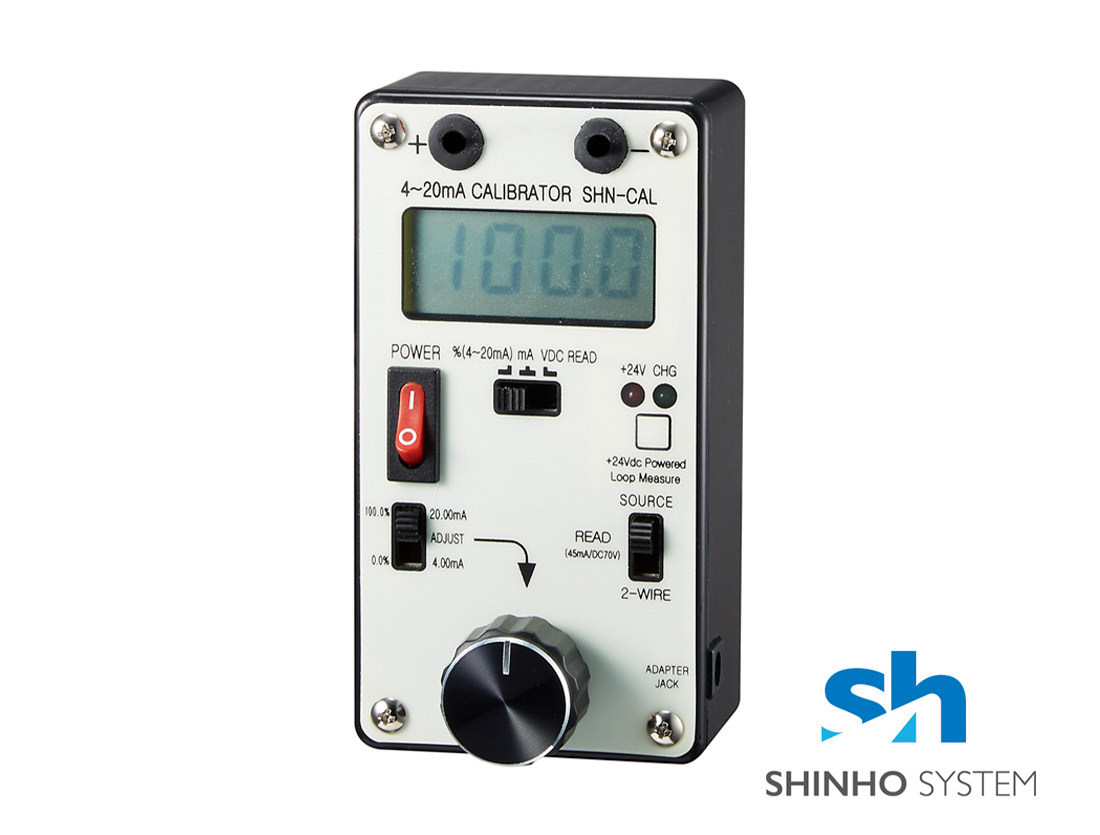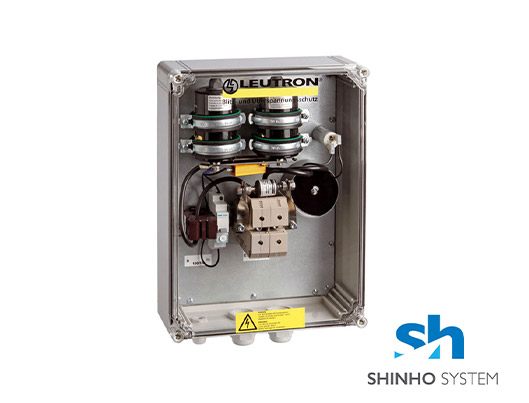If a company were to expense an expensive machine in the year of purchase, it still has a long time to generate revenues for the business. However, by spreading the expense over the useful life of the fixed asset, dda debit it better matches the expense to its related revenue. In theory, an entity hopes to experience consistency in growth across accounting periods to display stability and an outlook of long-term profitability.
Period Costs vs. Product Costs
This company has $3,400,000 in period costs for the fourth quarter from their selling, marketing, and administrative expenses. Their selling expense is from the commission they pay their salespeople. Their administrative costs are from executive salaries and professional costs. Product costs are initially attached to product inventory and do not appear on income statement as expense until the product for which they have been incurred is sold and generates revenue for the business. When the product is sold, these costs are transferred from inventory account to cost of goods sold account and appear as such on the income statement of the relevant period. For example, John & Muller company manufactures 500 units of product X in year 2022.
- The accounting period is useful in investing because potential shareholders analyze a company’s performance through its financial statements, which are based on a fixed accounting period.
- Cost accounting focuses on a business’s costs and uses the data on costs to make better business decisions, with the goal of reducing costs and improving profitability at every stage of the operational process.
- By accurately reporting and analyzing these costs, businesses can gain valuable insights, make informed decisions, and drive sustainable growth in today’s competitive business landscape.
- While using accounting software is the best method for managing costs, even if you’re still recording transactions in a manual ledger or using a spreadsheet application, you can learn to manage business costs properly.
- Financial statements may provide a view of the activity over a month, a quarter, or a year.
- When the prepaid expense expires, it will move to the income statement and become part of that period’s SG&A expenses.
Accounting Periods Matter
The most common of these costs are sales and marketing costs and administrative costs. Sales and marketing costs may be commission for the sales team, salary for the marketing team, advertising costs to boost brand awareness, market research, and product design. As shown in the income statement above, salaries and benefits, rent and overhead, depreciation and amortization, and interest are all period costs that are expensed in the period incurred. On the other hand, costs of goods sold related to product costs are expensed on the income statement when the inventory is sold.
Office Hours: Payroll Accounting Adjustments
So the expenses were incurred in the first quarter, but the sale occurred in the second quarter. If you’re doing quarterly statements, how do you match the income with the expense? This is where the concept of separating costs into period costs and product costs originated.
Resources created by teachers for teachers
Administrative costs may include expenditures for a company’s accounting department, human resources department, and the president’s office. Selling and administrative expenses may also include utilities, insurance, property taxes, depreciation, supplies, maintenance, salaries, etc. that are incurred in a business but outside of the factory production area. Period costs include any costs not related to the manufacture or acquisition of your product. Sales commissions, administrative costs, advertising and rent of office space are all period costs. These costs are not included as part of the cost of either purchased or manufactured goods, but are recorded as expenses on the income statement in the period they are incurred. If advertising happens in June, you will receive an invoice, and record the expense in June, even if you have terms that allow you to actually pay the expense in July.
Period Cost Accounting
While product costs are directly tied to the cost of producing goods, period costs are more related to the overall functioning of the business. Period costs are necessary for the business to operate and generate revenue, but they do not contribute directly to the creation of the end product or service. Both product costs and period costs directly affect your balance sheet and income statement, but they are handled in different ways. Product costs are always considered variable costs, as they rise and fall according to production levels. In order to properly calculate profit for a period of time, expenses must be allocated in the right time period. When it comes to cost of doing business, companies need to know both period and product costs.
Our Team Will Connect You With a Vetted, Trusted Professional
By properly categorizing and tracking these costs, businesses gain a clearer understanding of their cost structure, profitability, and overall financial performance. Period costs are necessary for the day-to-day operations of a business and are essential for running the company smoothly. Examples of period costs include rent, utilities, insurance premiums, salaries, advertising expenses, and administrative costs. These expenses are typically recurring and are charged to the income statement in the period in which they occur. Other examples of period costs include marketing expenses, rent (not directly tied to a production facility), office depreciation, and indirect labor. Also, interest expense on a company’s debt would be classified as a period cost.
Each car costs $10,000 in direct materials, $10,000 in direct labor, and $20,000 in manufacturing overhead. The company has three executives who each get paid $250,000 every quarter. Additionally, the company employs one lawyer who gets paid $75,000 every quarter, and one accountant who gets paid $75,000 every quarter. Also, they spent $1,000,000 on market research and $1,000,000 to boost brand awareness during the fourth quarter.
For companies, opportunity costs do not show up in the financial statements but are useful in planning by management. An entity may also elect to report financial data through the use of a fiscal year. A fiscal year arbitrarily sets the beginning of the accounting period to any date, and financial data is accumulated for one year from this date.
Direct materials are those materials used only in making the product and there is a clear, easily traceable connection between the material and the product. For example, iron ore is a direct material to a steel company because the iron ore is clearly traceable to the finished product, steel. A financial professional will offer guidance based on the information provided and offer a no-obligation call to better understand your situation. Period expenses are important to know about because they can have a direct impact on both reducing costs and increasing revenue.
This can be particularly important for small business owners, who have less room for error. If product and period costs are overstated or understated, or not recorded at all, your financial statements will be wrong as well. Product costs (also known as inventoriable costs) are those costs that are incurred to acquire, manufacture or construct a product. In manufacturing companies, theses costs usually consist of direct materials, direct labor, and manufacturing overhead cost. In addition to categorizing costs as manufacturing and nonmanufacturing, they can also be categorized as either product costs or period costs. This classification relates to the matching principle of financial accounting.
Administrative activities are the most pure form of period costs, since they must be incurred on an ongoing basis, irrespective of the sales level of a business. Selling costs can vary https://accounting-services.net/ somewhat with product sales levels, especially if sales commissions are a large part of this expenditure. Both product costs and period costs may be either fixed or variable in nature.


